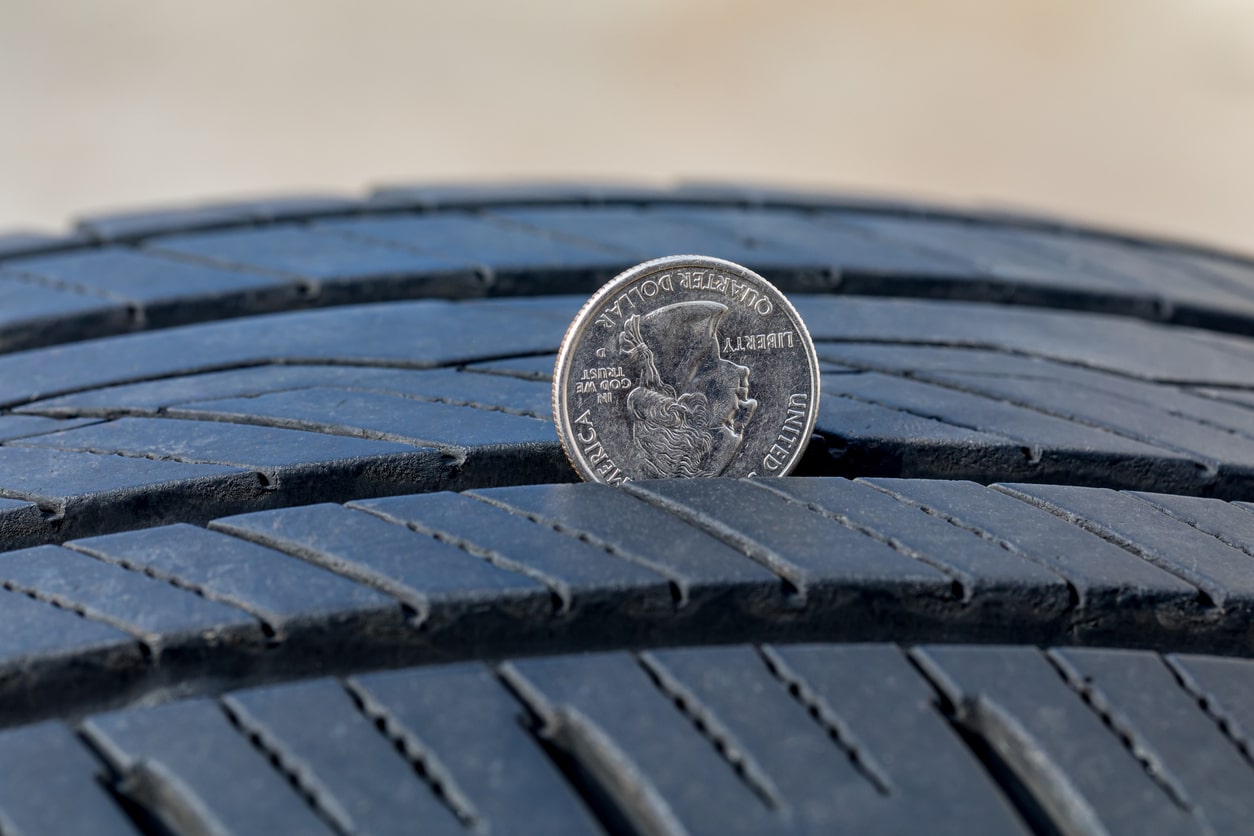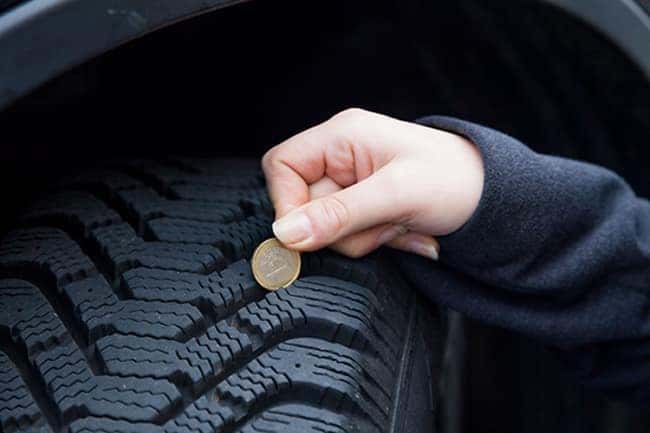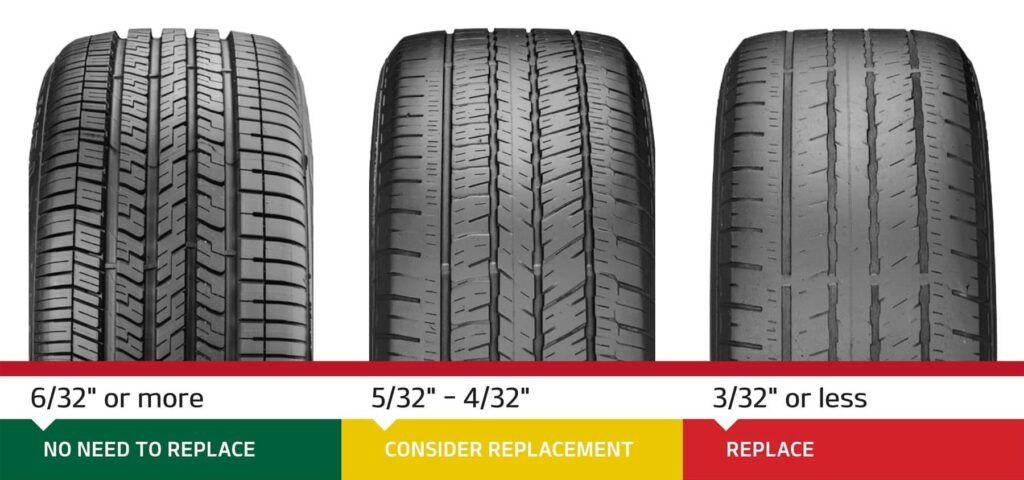You should change tires every six years or 50,000 miles, whichever comes first. Regular inspection is also crucial.
Tires are essential for vehicle safety and performance. They wear down over time and need timely replacement. Worn-out tires can lead to poor traction, longer stopping distances, and even blowouts. Regular checks help spot issues like uneven wear or damage.
Factors like driving habits, road conditions, and tire quality also affect lifespan. Proper maintenance, including regular rotation and alignment, extends tire life. Always check the manufacturer’s guidelines for specific recommendations. Investing in new tires ensures a safer, smoother ride. Prioritize tire health to improve vehicle safety and performance.

Signs It’s Time For A Tire Change
Knowing when to change your tires is very important. It keeps you safe on the road. Tires wear out over time. Here are some signs that show it’s time for a change.
Tread Wear Indicators
Tread wear indicators are small bars in the grooves of your tire. When the tread is worn down to these bars, it’s time for new tires. These indicators are an easy way to check tire health.
| Indicator | Action Needed |
|---|---|
| Tread depth is at or below 2/32 inches | Replace tires |
| Tread wear indicators are visible | Replace tires |
Visual Signs Of Aging
Sometimes you can see that your tires are old. Look for cracks or cuts in the sidewall. These are signs of aging. Also, check for bulges or blisters. These can lead to tire failure.
- Cracks in the sidewall
- Cuts or punctures
- Bulges or blisters
If you see any of these signs, it’s time to change your tires. Keep your tires in good shape. It helps you stay safe on the road.
The Role Of Tread Depth In Tire Safety
Tread depth is crucial for tire safety. It affects your car’s grip on the road. Deeper treads mean better traction, especially in wet or icy conditions. Tires with low tread depth can lead to accidents. Checking your tire tread regularly can save lives.
Measuring Tread Depth
Measuring tread depth is simple. You can use a tread depth gauge. Insert the gauge into the tread grooves. Read the measurement on the gauge. Another method is the penny test.
- Take a penny.
- Place it into the tread groove with Lincoln’s head down.
- If you see all of Lincoln’s head, the tread is too low.
Both methods give you a clear idea of your tread depth. Regular checks can alert you when it’s time to change tires.
Minimum Legal Requirements
Each country has its own legal tread depth requirements. In the United States, the minimum legal tread depth is 2/32 of an inch. In Europe, it’s 1.6mm. Below these limits, tires are unsafe and illegal.
Here’s a simple table for reference:
| Region | Minimum Tread Depth |
|---|---|
| United States | 2/32 inch |
| Europe | 1.6 mm |
Always ensure your tires meet these minimum requirements. It ensures your safety and legal compliance.
Impact Of Driving Habits On Tire Longevity
Your driving habits can greatly influence the lifespan of your tires. Understanding these factors helps you make informed decisions.
Effect Of Aggressive Driving
Aggressive driving habits can significantly reduce tire longevity. Rapid acceleration, hard braking, and sharp turns put extra stress on tires.
Frequent rapid acceleration causes tires to wear out faster. The added friction heats the rubber, causing faster degradation.
Hard braking also contributes to uneven tire wear. This can lead to bald spots and reduce overall tread life.
Sharp turns put excessive lateral stress on tires. This can cause sidewall damage and quicker wear on the edges.
To extend tire life, avoid aggressive driving behaviors. Drive smoothly and maintain a consistent speed.
Influence Of Environmental Conditions
Environmental conditions also affect how long your tires last. Different climates and road conditions can either shorten or extend tire life.
Hot climates can accelerate tire wear. High temperatures soften the rubber, making it wear out faster.
Conversely, cold climates can make tires brittle. This increases the risk of cracking and other damage.
Road conditions also play a crucial role. Driving on rough, uneven surfaces can lead to quicker tire wear. Potholes, gravel, and debris can cause physical damage to the tires.
To mitigate these effects, regularly check your tires for damage. Also, maintain the recommended tire pressure to ensure even wear.

Mileage As A Tire Change Indicator
Understanding the right time to change your tires is crucial for safety. Mileage is a key indicator for tire replacement. Knowing how mileage affects tire wear helps you maintain optimal performance.
Average Lifespan Of Tires
The average lifespan of tires is around 50,000 miles. This number can vary based on driving habits and road conditions. Some tires might last up to 70,000 miles with proper care.
Here is a simple table to illustrate the average lifespan:
| Tire Type | Average Lifespan (Miles) |
|---|---|
| All-Season Tires | 50,000 – 70,000 |
| Performance Tires | 30,000 – 50,000 |
| Winter Tires | 20,000 – 40,000 |
Variations By Tire Type
Different tire types wear out at different rates. All-season tires typically last longer than performance tires. Performance tires offer better grip but wear out faster.
Winter tires need to be replaced more frequently. These are designed for specific conditions and tend to wear quickly.
Consider these points for different tire types:
- All-Season Tires: Good balance between longevity and performance.
- Performance Tires: High grip, shorter lifespan.
- Winter Tires: Seasonal use, shorter lifespan.
Regular tire checks help ensure you replace them at the right time. Keep an eye on the tread depth and any signs of wear.
Seasonal Considerations For Tire Replacement
Changing tires can be confusing. But it’s important for your safety. Seasonal considerations play a big role in tire replacement. Different tires perform better in different weather conditions. Knowing when to switch can save you from accidents.
Switching To Winter Tires
Winter tires are important for cold weather. They provide better grip on snow and ice. Winter tires have deeper treads and softer rubber. These features help maintain traction in slippery conditions.
Switch to winter tires when temperatures drop below 45°F. Use the table below for a quick reference:
| Temperature | Tire Type |
|---|---|
| Above 45°F | All-Season or Summer Tires |
| Below 45°F | Winter Tires |
Summer Tires Vs. All-season
Summer tires are designed for warm weather. They provide better handling and braking. These tires have a unique tread pattern. This helps in gripping dry and wet roads.
All-season tires are versatile. They work well in various conditions but aren’t perfect for extremes. All-season tires offer a balance of performance, comfort, and durability.
Consider these points when choosing between summer and all-season tires:
- If you live in a place with mild winters, all-season tires are perfect.
- If summer temperatures are very high, use summer tires for better grip.
- In places with harsh winters, keep both types and switch as needed.
Professional Inspection And Maintenance Tips
Regular tire maintenance is crucial for vehicle safety. Professional inspections ensure your tires are in top condition. This section provides essential tips for maintaining tires and knowing when to seek professional advice.
When To Seek Professional Advice
Professional inspections can catch issues early. Look for the following signs:
- Uneven tire wear
- Cracks or bulges
- Low tread depth
- Frequent loss of air pressure
If you notice any of these, visit a tire professional. They can check for hidden problems and ensure your tires are safe.
Maintaining Tires Between Changes
Regular maintenance can extend tire life. Follow these tips to keep your tires in good shape:
- Check tire pressure monthly
- Rotate tires every 6,000 miles
- Inspect tires for damage regularly
- Ensure proper wheel alignment
Use a tire pressure gauge to check pressure. Rotate tires as recommended by your vehicle’s manual. Inspect for nails, stones, or other debris. Proper alignment prevents uneven wear.
Following these steps helps maintain tire performance. It also ensures a safer driving experience.

Frequently Asked Questions
How Long Do Tires Last On Average?
Tires typically last between 25,000 to 50,000 miles. Lifespan depends on driving habits, maintenance, and road conditions.
How Often Should You Replace All 4 Tires?
Replace all four tires every 6 years or 40,000-60,000 miles. Check tread depth and wear regularly. Rotate tires every 5,000-8,000 miles.
How Many Miles Should I Change My Tires?
Change your tires every 25,000 to 50,000 miles. Check tire tread and wear regularly for best performance.
How Do I Know If I Need New Tires?
Check tire tread depth with a penny; if Lincoln’s head is visible, replace tires. Look for cracks, bulges, or uneven wear.
Conclusion
Regularly changing your tires ensures safety and optimal performance. Check tread depth and wear patterns frequently. Rotate and balance tires every 6,000 miles. Replace them every six years, regardless of mileage. Follow these guidelines to extend tire lifespan and maintain vehicle safety.
Proper tire care saves money and increases driving experience.





















